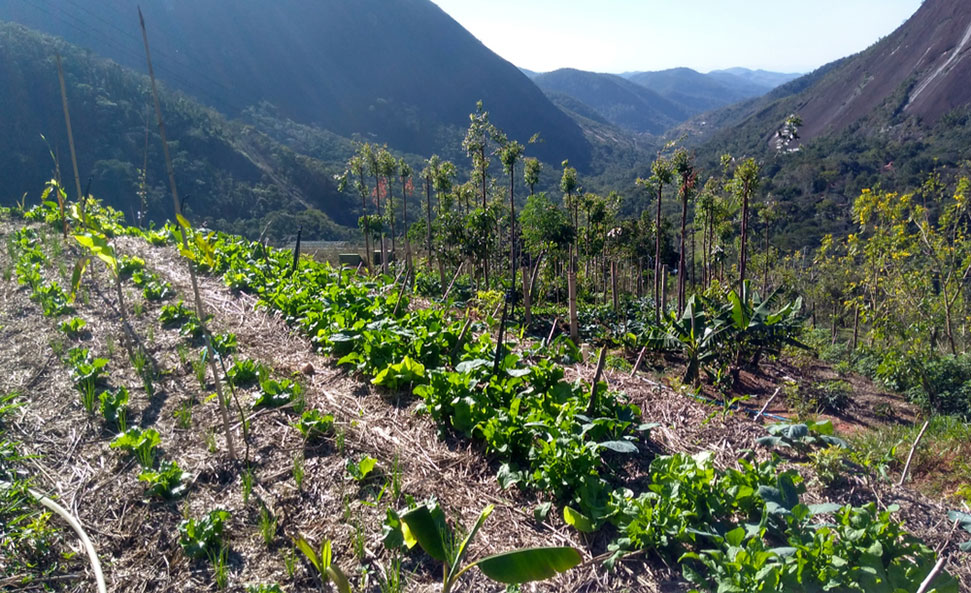What is agroecology? What is the history behind it? What are some examples of agroecology? What are the principles of agroecology? Let’s find out.
Definition Of Agroecology
Agroecology is the study of ecological processes applied to agricultural production systems. Bringing ecological principles into agroecosystems could suggest novel management approaches that would not be considered otherwise.
Agroecology encompasses the relationship between agricultural production systems and ecological processes. It includes all the techniques that allow agricultural practices to be more respectful of the environment and its ecological specificities.
Agroecology is an interdisciplinary combination of agronomy, agriculture, scientific ecology, economics, and social sciences. It integrates practices such as organic farming, regenerative agriculture, some aspects of permaculture and therefore contributes to sustainable development.
Agroecology is characterized by a global conception of agro-food production systems and it relies on the natural features of ecosystems to amplify them. This helps minimize the pressures on the environment and preserve the renewal capacity of the ecosystem services.
History Of Agroecology: Origin And Evolution
The term agroecology first appeared in 1928 under the pen of American agronomist Basil Bensin. His understanding of agroecology then referred exclusively to the application of methods of ecology to the processes of agronomic research.
This idea grew progressively during the 1960s, 1970s, and 1980s. By then, the notion of agro-ecosystem started to transform into the idea of an ecosystem modified by human activity for exploitation purposes.
In the 1990s and 2000s, agro-ecology became much more global. Agro-ecosystems are now used to understand and define the entire system of production, distribution, and consumption of food resources, in all its components (agricultural, agronomic, economic, environmental and social).
Agroecology: The Principles And Their Implementation
As a systemic approach, agroecology relies on the improvement of agro-food processes as a whole, with the constant goal of improving environmental performance. The implementation of these basic principles is expressed in two ways:
Agroecology: At The Farm Level
- Using infrastructures and cutting plots that make the proliferation of natural auxiliaries and their connection with the exploited surfaces (hedges, groves, embankments …) easier and limiting of phytosanitary inputs
- Reintroduction of the biodiversity of cultivated species as a way of improving production and environmental quality
Agroecology: At The Territorial Level
- Establishment of ecological corridors to increase and facilitate communication between habitats of auxiliary species, including pollinators
- Maintenance or redevelopment of wetlands favorable to biodiversity and water purification
- Consistent cultural practices planned considering different variables such as the type of crops, the diversity of crop varieties, crop rotations and agroforestry.
Why Agro-Ecology?
Agroecology has gradually been shaped in reaction to intensive and industrial agriculture. Indeed, modern agriculture, developed throughout the 20th century, has allowed to massively develop food production, but often at a high ecological cost. Today, the scientific community agrees that some ecological problems are partly due to intensive agriculture. For example, the massive use of pesticides and degradation of soil quality, loss of biodiversity, homogenization of soil crops, and the effects of global warming are all partly due to intensive agriculture.
More and more researchers, activists and agronomists are advocating for a redefinition of the agricultural principles of our society in order to produce a more responsible and resilient farming system. Agroecology tries to meet this need because it aims to produce a more sustainable and ecological farming system.
